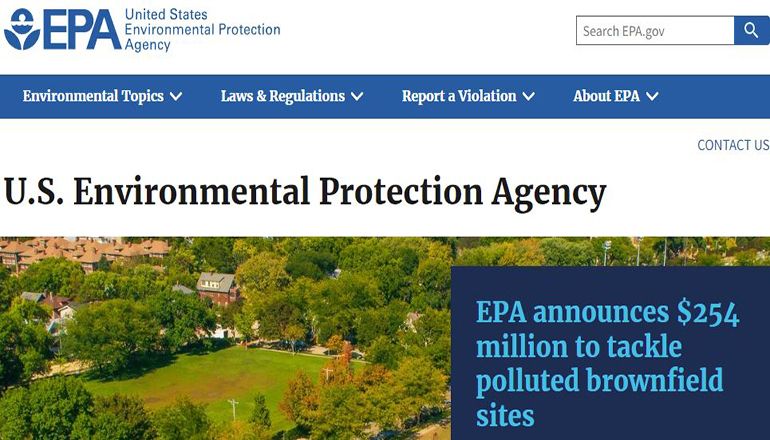EPA has partially approved and partially disapproved Missouri’s 2022 list of impaired waters and transmitted its decision to the state. EPA’s decision document provides a more detailed description of EPA’s review and the basis for this action. The decision document, including the approved portion of the 2022 impaired waters list, is available via a link in EPA’s public notice.
EPA is partially disapproving nine water body/pollutant combinations for Missouri’s 2022 impaired waters list (see table below). These disapprovals are specific to impairments related to aquatic life for these water bodies and do not pertain to recreational use issues. Any local recommendations or advisories regarding their recreational use remain in effect.
The nine water bodies were placed on a 60-day public notice from Aug. 7 to Oct. 6, 2023. EPA requests public comment on these proposed nine water bodies only. Written comments must be sent by email to [email protected] on or before Oct. 6, 2023. Following the public comment period, EPA will issue its final decision regarding these water body/pollutant combinations.
| Water Body Identification Number | Water Body Name | County | Pollutant |
| 1706 | Coldwater Creek | St. Louis | Chloride |
| 2166 | Eaton Branch | St. Francois | Lead |
| 2168 | Flat River | St. Francois | Cadmium |
| 7147 | Fountain Grove Lakes | Linn | Chlorophyll-a ( |
| 3105 | Lateral #2 Main Ditch | Stoddard | Ammonia, Total |
| 91 | Salt River | Ralls, Pike | Oxygen, Dissolved |
| 3282 | Turkey Creek | St. Francois | Cadmium |
| 3282 | Turkey Creek | St. Francois | Zinc |
| 1708 | Watkins Creek | St. Louis | Chloride |
One of the most important aspects of the Clean Water Act is the requirement to submit a report characterizing a state’s surface water quality and a list of every impaired water body. A water body is placed on an impaired waters list when monitoring finds that pollutant levels prevent the lake, river or stream from attaining its designated uses. Designated uses can include human recreation, fish consumption, and healthy aquatic life. Each state must provide the opportunity to engage the public through a public notice and comment process. In this way, the list incorporates public feedback in how each state sets priorities to improve water quality. Once the public participation requirements are fulfilled, a state submits the report and list of impaired waters to EPA.
The 2022 listing cycle marks the 50th anniversary of the Clean Water Act, which was established in 1972 to restore and maintain the chemical, physical, and biological integrity of the nation’s waters. The Act and its related regulations that have been established over the last five decades created a series of programs that protect local waterways through, among other things, prohibition of the discharge of pollutants into waters without regulated permits; the establishment of water quality criteria to protect designated uses; and the development of programs to control nonpoint source pollution.
Local waters have benefited from treatment plants being constructed to reduce toxic pollutants discharged from industries and privately owned treatment works; water monitoring and sampling that has allowed states to share information on the quality of waters and create plans to improve them; and the establishment of best management practices to keep stormwater from overwhelming sewers and allowing untreated sewage to reach streams and rivers.
Once a water body is included on an impaired waters list, development of a Total Maximum Daily Load (TMDL) – a budget for water pollution – is necessary. TMDLs set the maximum amount of a pollutant that a water body can receive and still meet water quality standards. TMDLs also guide decision-making about how to improve water quality by looking at all the different sources of pollution.
For additional information regarding impaired waters and TMDLs, visit EPA Region 7, EPA’s How’s My Waterway, or Missouri Department of Natural Resources.


